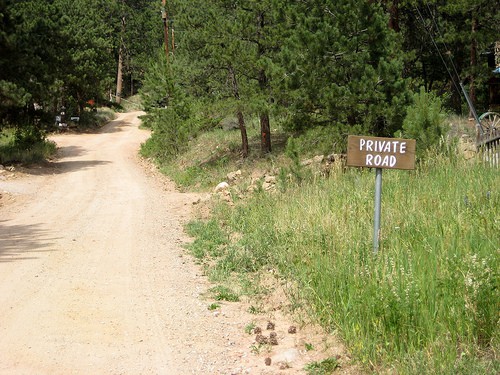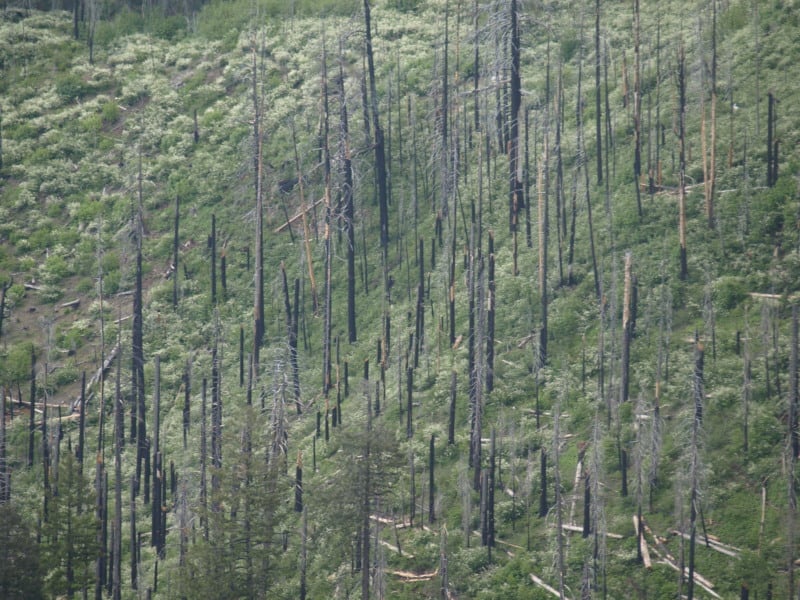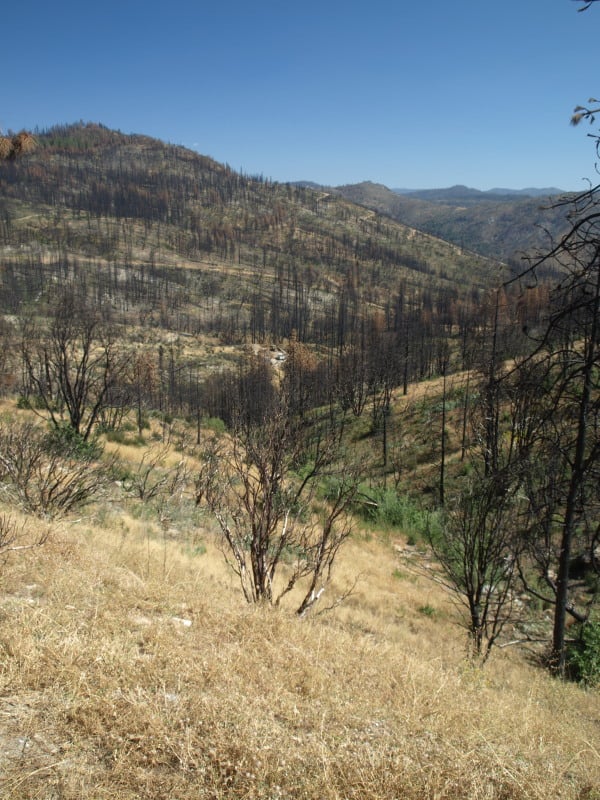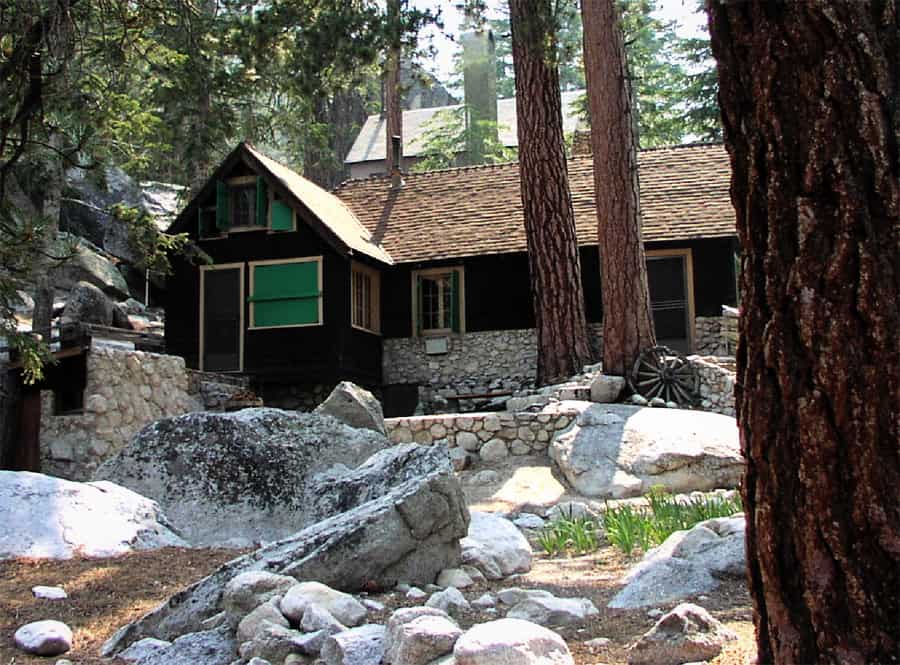
One of the issues that you usually don’t hear much about in the press are “lands” issues. Lands people, in my opinion, are among the unsung heroes of the Forest Service.
If you talk to them, you will find out some of the problems facing public lands-
neighbors attempting to cut off access to the public, through
land exchanges, trespass and subsequently being granted the land through efforts of their Congresspeople, putting gates on public roads, signing public roads as private, removing Forest Service signs, and probably other approaches I have not yet heard about.
Because of the relative tininess of each individual action, it is difficult to get a handle on the overall size of the problem. I have heard that it is difficult to get the courts involved, again, due to the individual size of each incursion and the workload of the Justice Department- although some are successfully litigated. My understanding is that there simply aren’t enough people funded to keep an eye on these kinds of things to keep up with the need.
Here’s a discussion about the roads problem- the question raised was “how can you tell if the “private” signs are accurate?”
Unfortunately, there’s no easy way to tell. In Wyoming, you can check the commissioners’ records at the local courthouse to find out the surveyed route of all the county roads, and get copies of the easements (or orders) establishing the road. Even then, you can get into issues regarding whether the county road has been abandoned, and reverted to private.
The forest service roads are not so easy, because the forest service is so bad about either maintaining their roads, or keeping records regarding which ones are public and private. It is not uncommon for private inholders in the forest who block a road through their property, which was built and maintained by the public long before their property was private. The Forest Service (or the public) is left to file suit to enjoin the blockage, and they usually conclude it is not worth the money to bring suit.
I just finished working on a lawsuit where this precise issue was involved, and the forest service won the suit, but they had allowed the road to remain blocked for over a decade. If they hadn’t convinced the U.S. Attorney to bring suit to establish a trail along the old railroad bed passing through the same property, they would never have sued just to reopen the road.
There are several theories under which the forest service, the local county commission or the public can sue to enjoin a landowner from blocking a public road. (prescriptive easements, R.S. 2477, implied easement, simple lack of right) Sadly, the amount of historical research necessary to prevail in those suits means that few ever get brought, due to the cost. The private landowners know this, so they routinely just block the roads, and dare anyone to do anything about it.
The worst abuse I’ve seen in Wyoming is where a private landowner (with buddies on the county commission) will grant an easement for a county road, get the county to pay to build the road, then convince the commissioners to abandon the road later. The landowner, in the process, just got the taxpayers to build him a nice long driveway, thank you very much. I can point to a couple of these in my county.
Here’s a story in the Denver Post yesterday about a land exchange. It’s not clear to me why one individual’s desire to join pieces of property is more important than traditional rights of access for the public.
At the root of the controversy is the fact that the swap is being carried out with legislation rather than through an administrative process as most of the land swaps in the country are done.
That means there is no environmental review process before the trade takes place: There are no formal public hearings that would put a spotlight on the trade rather than making it just another item on a county commission’s agenda.
That is one reason a national watchdog group devoted to overhauling the way the government trades public land is looking askance.
The Western Lands Project in Seattle is questioning the transparency and is troubled that Koch included land in two states (Colorado and Utah) and land involving two federal management agencies. Those factors guarantee the trade must be done through legislation.
“The thing that bothers me about this bill — it appears to me this whole thing was engineered to keep it out of the normal public process. All of our questions could have been answered if this hadn’t been done legislatively,” Western Lands director Janine Blaeloch said.
Goldstein said Koch is only interested in having a much larger ranch in Gunnison County so he can hunt and ride horses and have a place to put his extensive collection of Western memorabilia. He has had enough of people trespassing from the quarter-mile-wide strip of public land that runs through the ranch. The trade would fix that.
Hmm. If there is public access, and people trespass on nearby private land, and the proposed solution is to cut off public access, then there is not much hope for much public land. Another solution would be to not buy (or sell) land that is adjacent to roads with public access.
Readers: do you have these kinds of problems in your neck of the woods?





